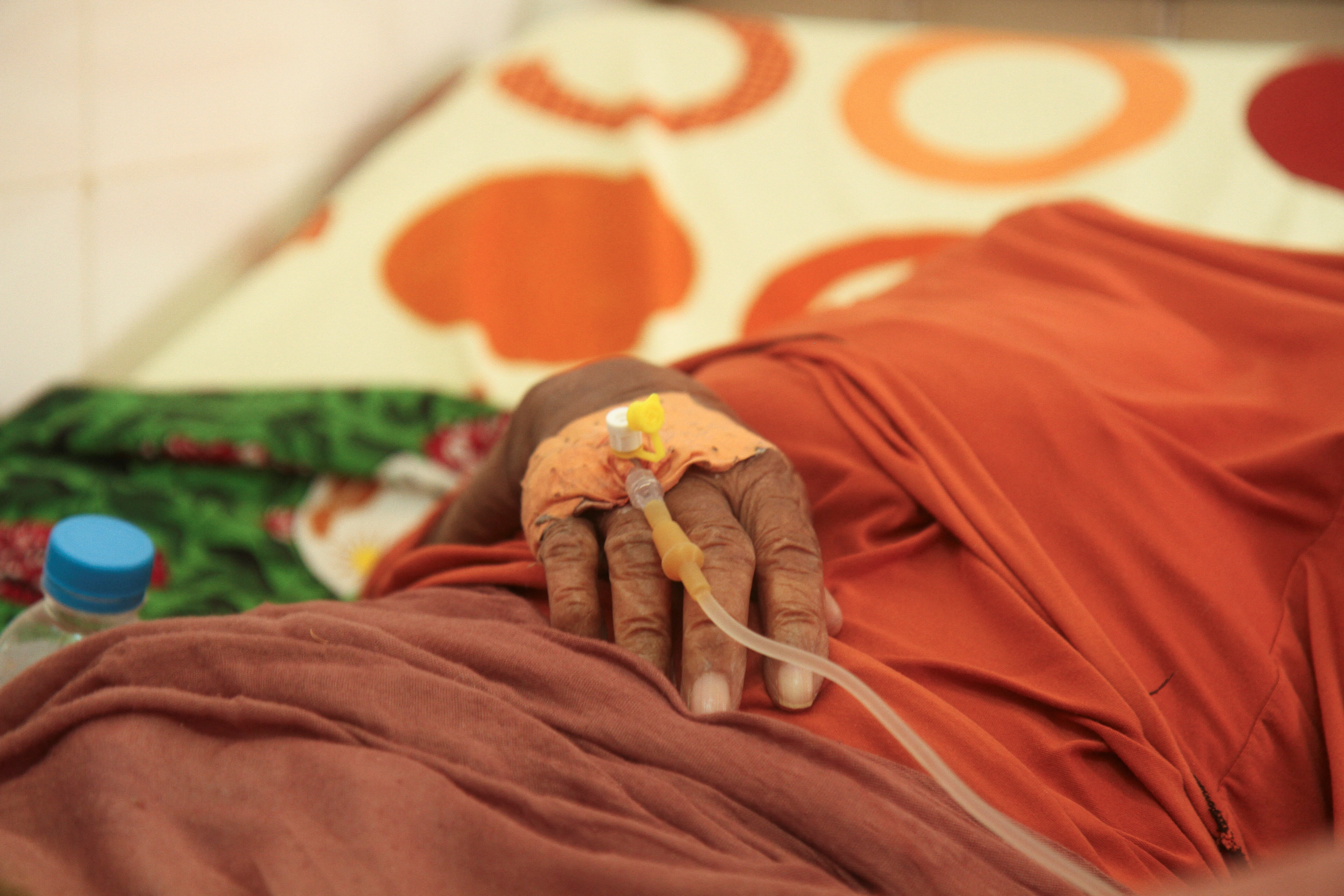COVID-19: Afghan all-female robotics team have designed a low-cost ventilator

Members of an Afghan all-female robotics team work on an open-source and low-cost ventilator in Herat Province, Afghanistan.
Image: REUTERS/Jalil Ahmad
Stay up to date:
UpLink
- This all-girl Afghan Robotics Team created low-cost, long-lasting and lightweight ventilators to help tackle the coronavirus pandemic.
- The device is easy to carry, can run on battery power for 10 hours, and costs roughly $700 to produce, compared with the $20,000 price of a traditional ventilator.
- The device took only 4 months to create, but will save lives for years to come.
In the eastern Afghan city of Herat, 18-year-old high school student Somaya Faruqi adjusts a suction cap as she puts the finishing touches before unveiling a low-cost, lightweight ventilator created by her and six other young women.
The all-female Afghan Robotics Team, which has won international awards for its robots, started work in March on an open-source, low-cost ventilator as the coronavirus pandemic hit the war-torn nation.
It took the team almost four months to finalise the ventilator, which is partly based on a Massachusetts Institute of Technology (MIT) design, and they received guidance from experts at Harvard University.
The device is easy to carry, can run on battery power for 10 hours, and costs roughly $700 to produce, compared with the $20,000 price of a traditional ventilator.
"We are delighted that we were able to take our first step in the field of medicine and to be able to serve the people in this area as well. All members of our team feel happy because after months of hard work, we were able to achieve this result," Faruqi told Reuters.
Although the ventilator still has to undergo final testing from health authorities before it can be used, officials welcome it in a country with only 800 ventilators to treat the fast-growing number of coronavirus cases in a health system damaged by decades of war.
Health Ministry spokesman Akmal Samsor said once the ventilators were approved they would be rolled out in Afghan hospitals and the design shared with the World Health Organization.
"We appreciate the initiative and creativity in Afghanistan's health sector...after they are approved, we will use these ventilators and we are determined to contract with companies so we can also export them," he said.
Afghanistan has recorded around 35,500 COVID-19 cases and 1,181 deaths, though experts warn the true count is probably far higher due to low testing rates.
Don't miss any update on this topic
Create a free account and access your personalized content collection with our latest publications and analyses.
License and Republishing
World Economic Forum articles may be republished in accordance with the Creative Commons Attribution-NonCommercial-NoDerivatives 4.0 International Public License, and in accordance with our Terms of Use.
The views expressed in this article are those of the author alone and not the World Economic Forum.
Related topics:
Forum Stories newsletter
Bringing you weekly curated insights and analysis on the global issues that matter.
More on Health and Healthcare SystemsSee all
James See
November 7, 2025
Shyam Bishen
November 5, 2025
Naveena Nekkalapudi
October 31, 2025
Mariam Adebayo
October 30, 2025
Alexandros Pantalis
October 30, 2025







